

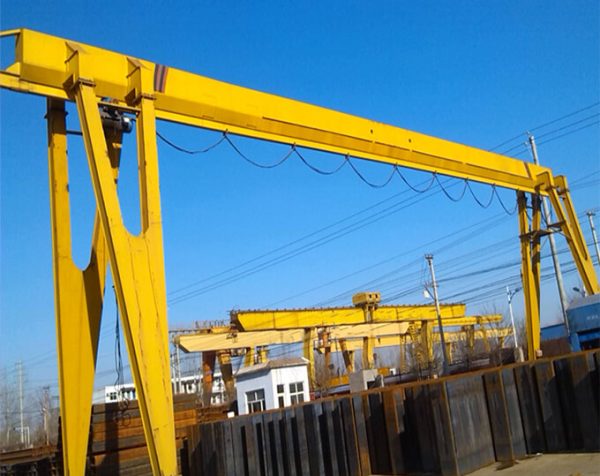
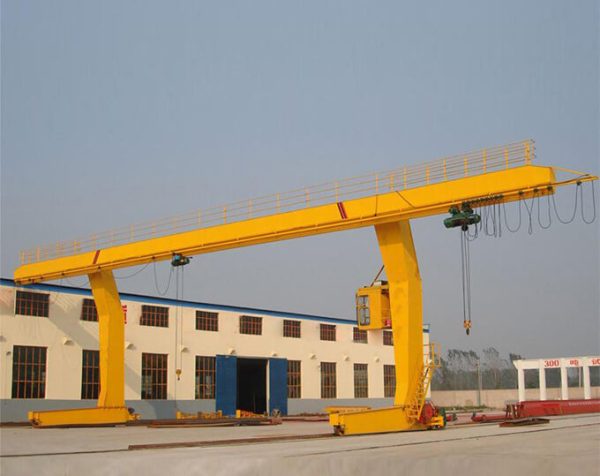
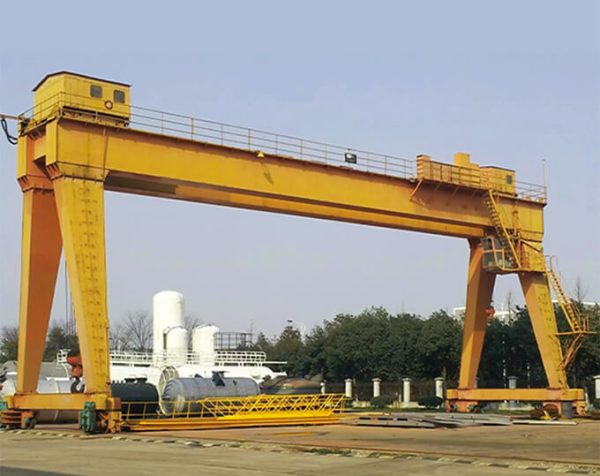
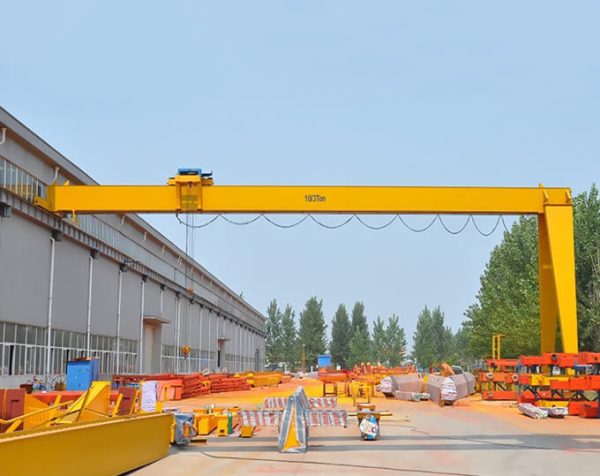
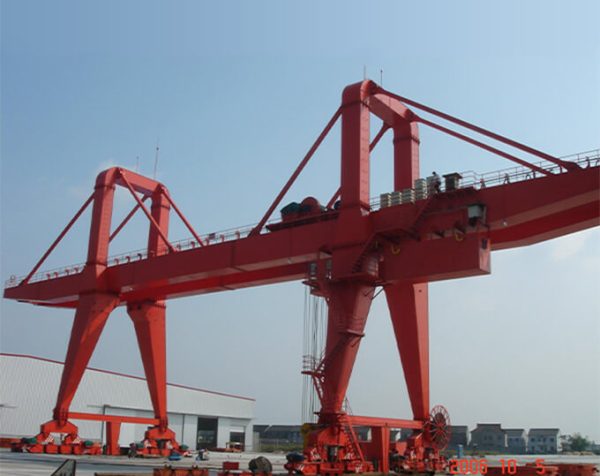
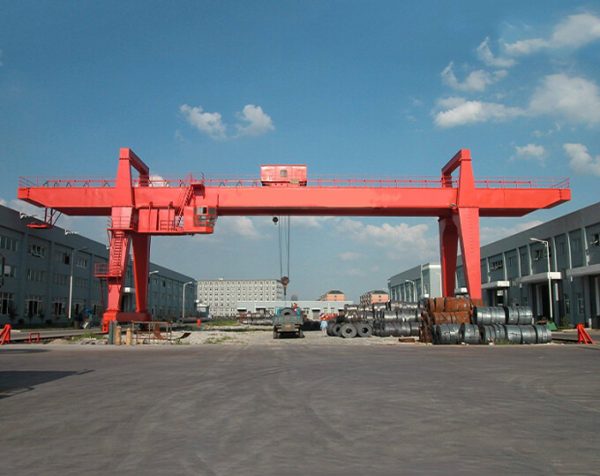
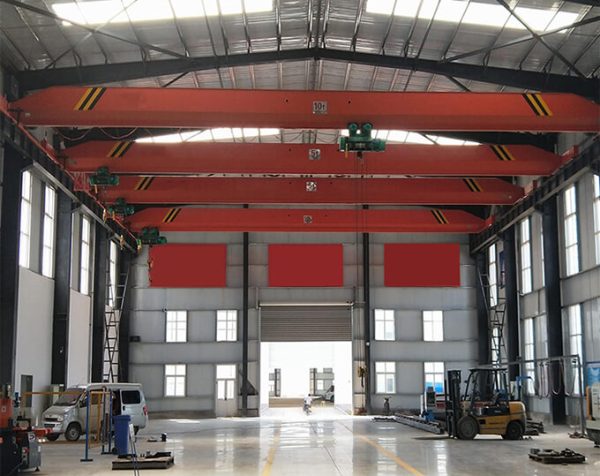
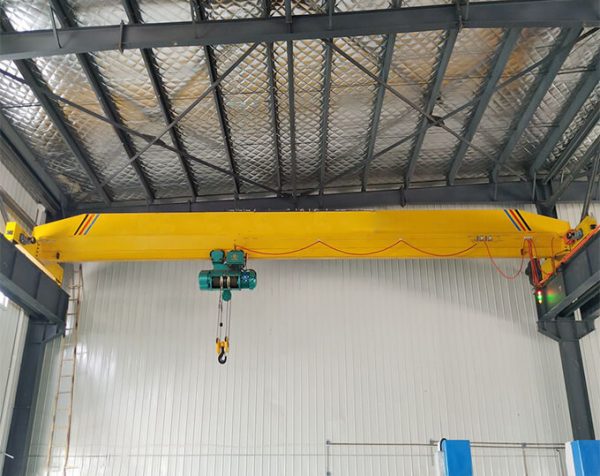
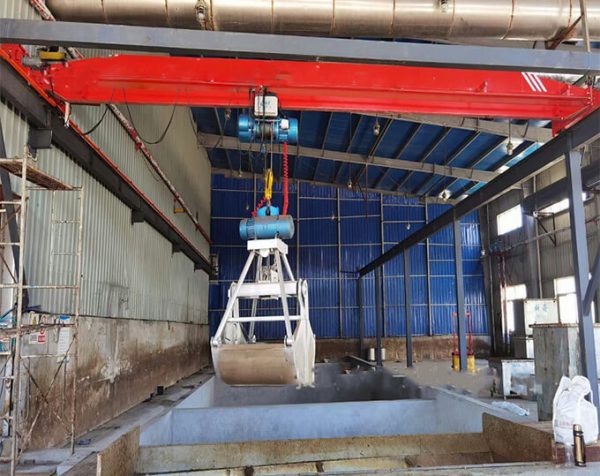
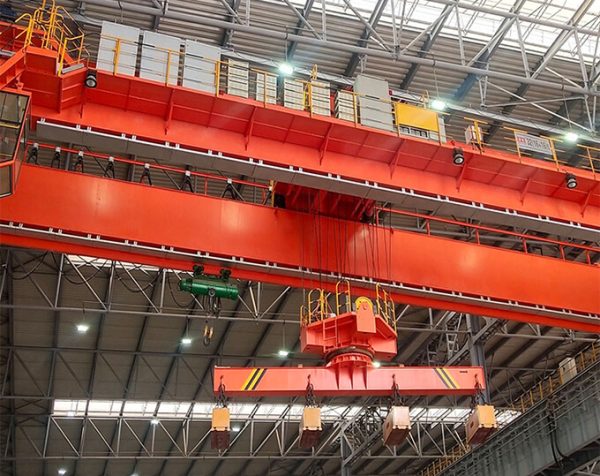
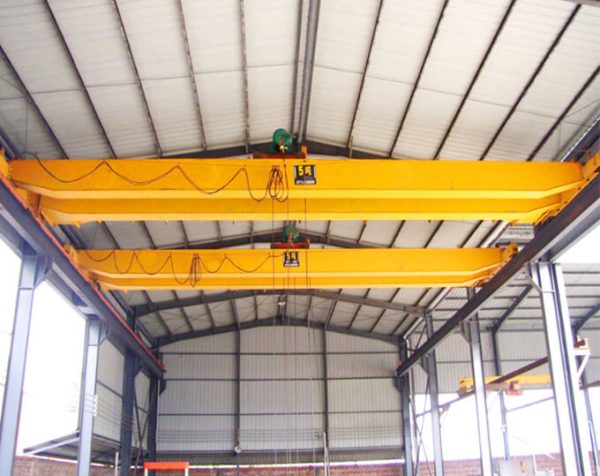
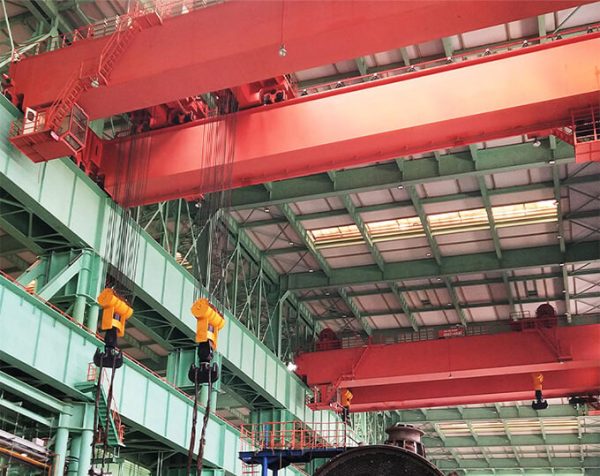
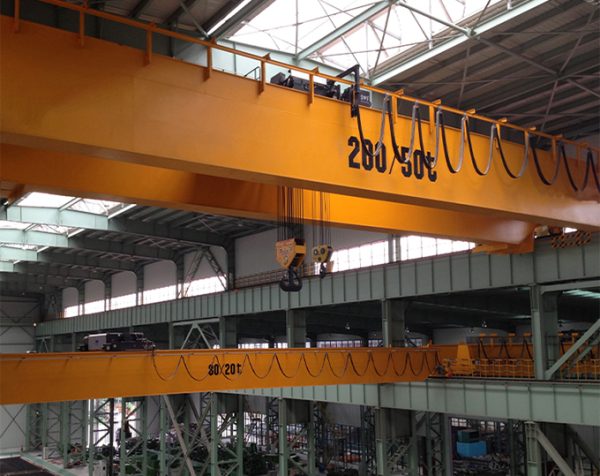


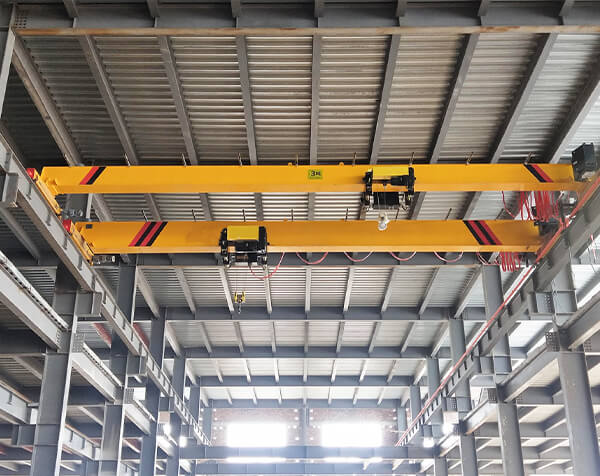
-600x476.jpg)
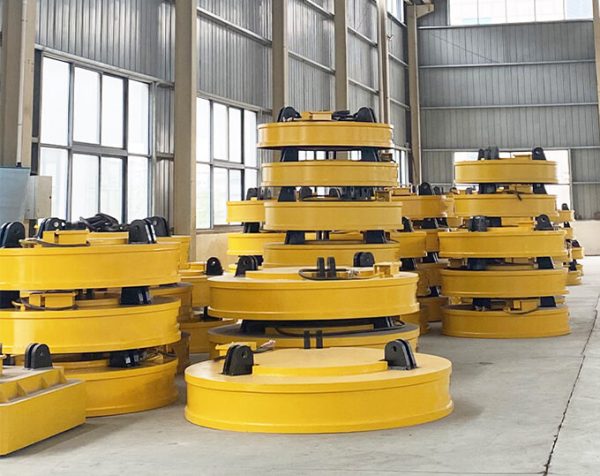
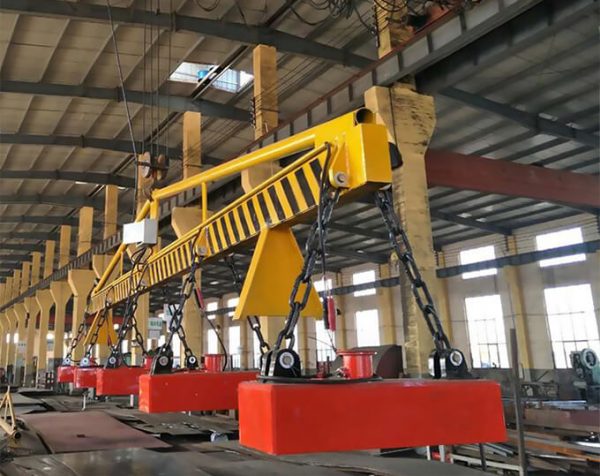
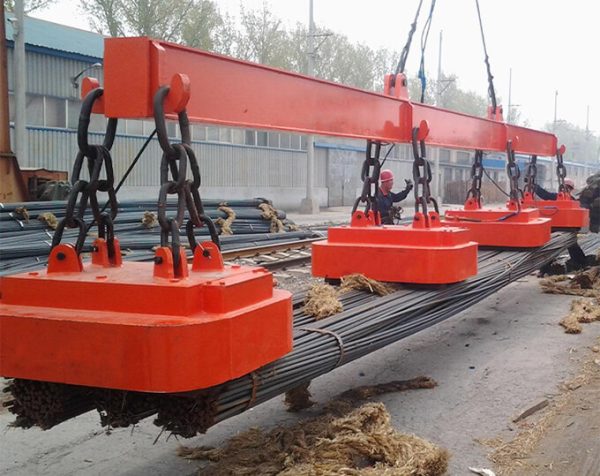
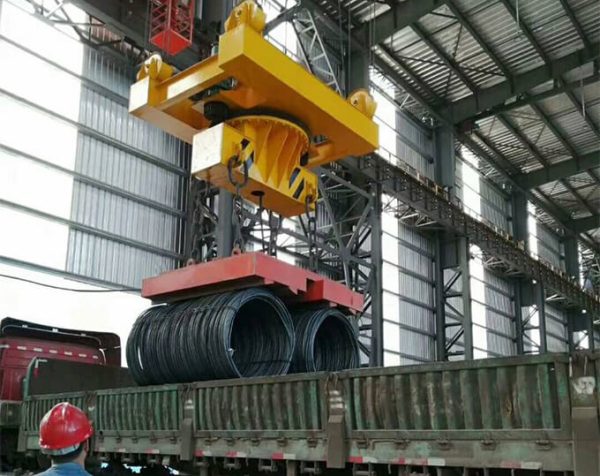
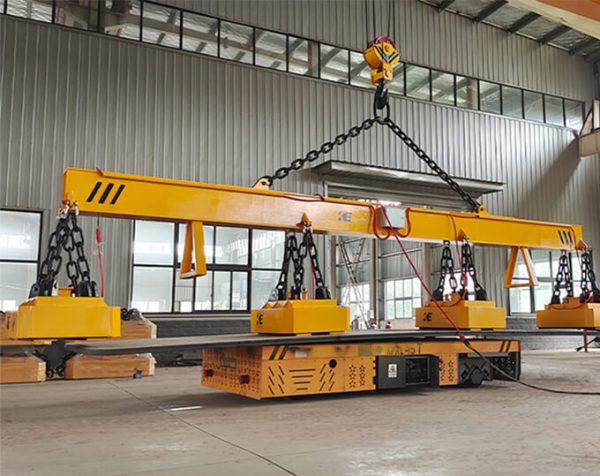
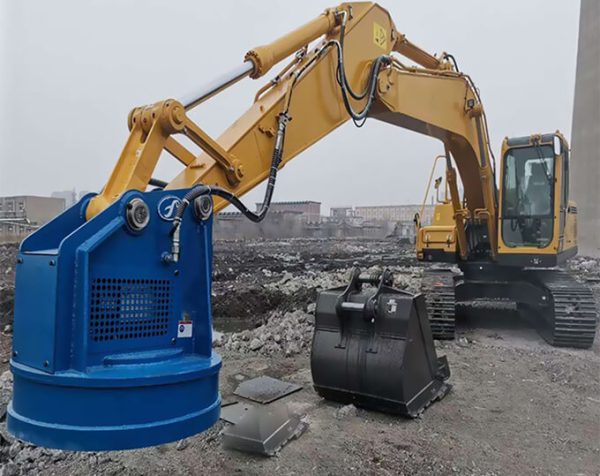
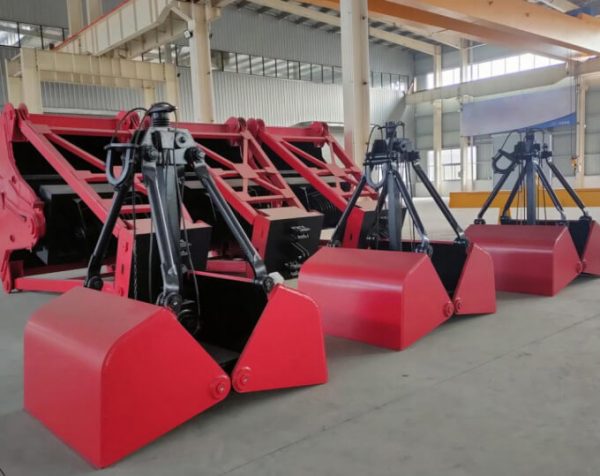
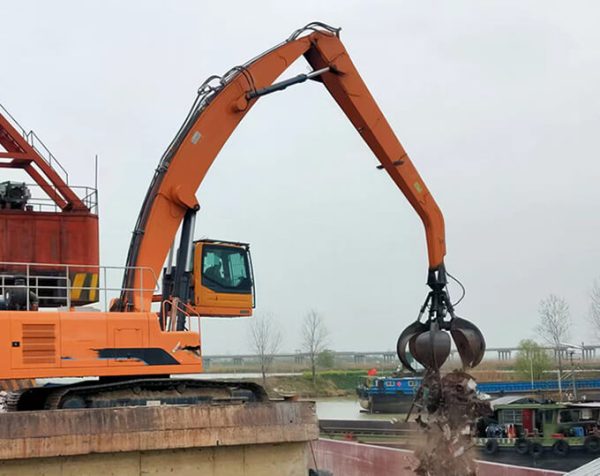
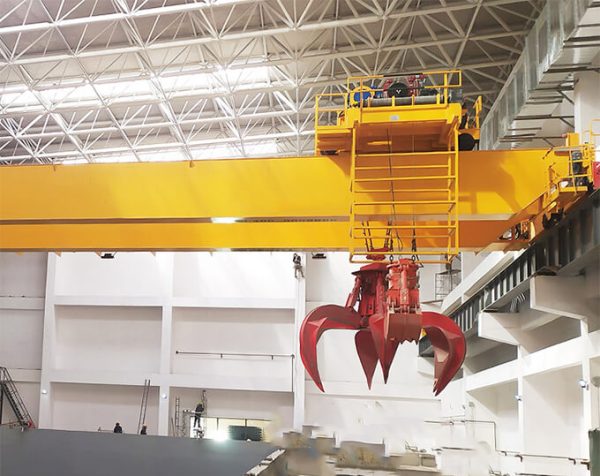
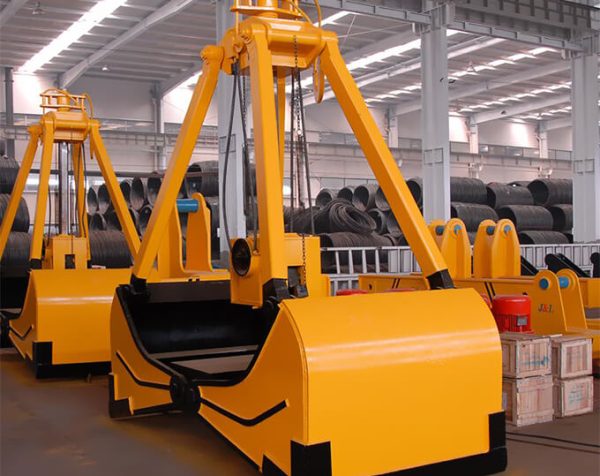
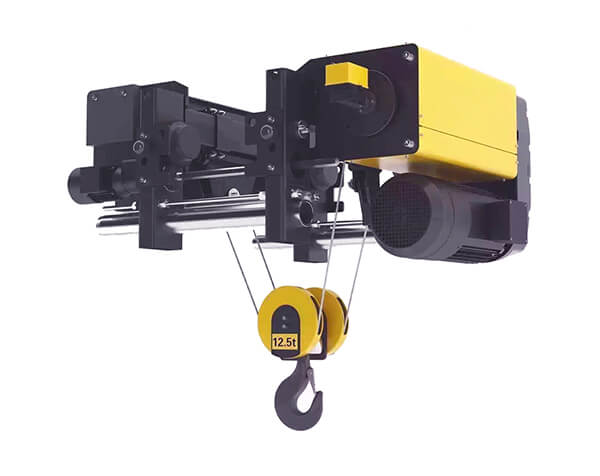
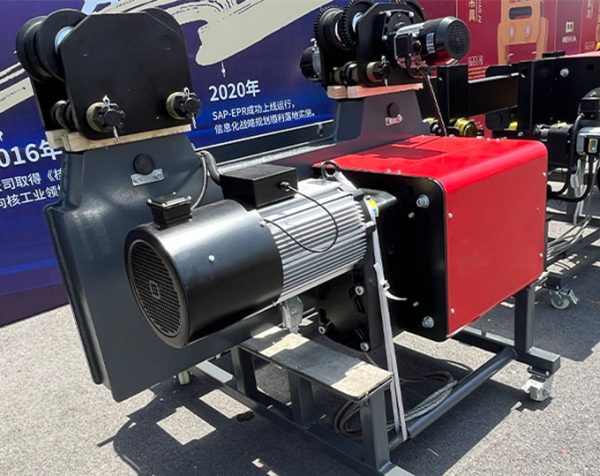
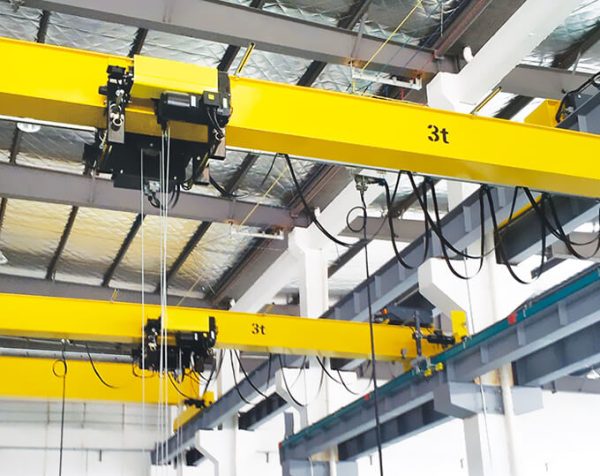
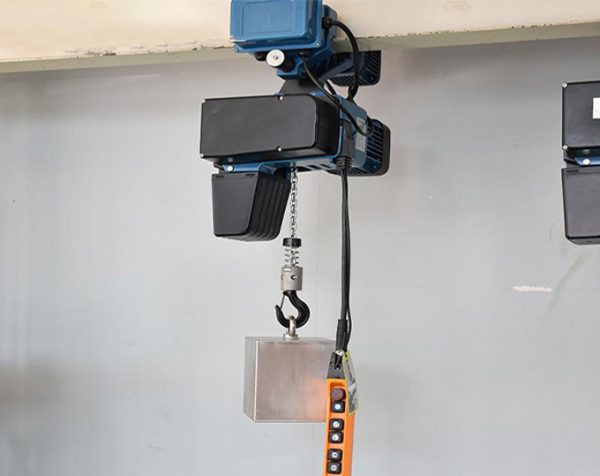
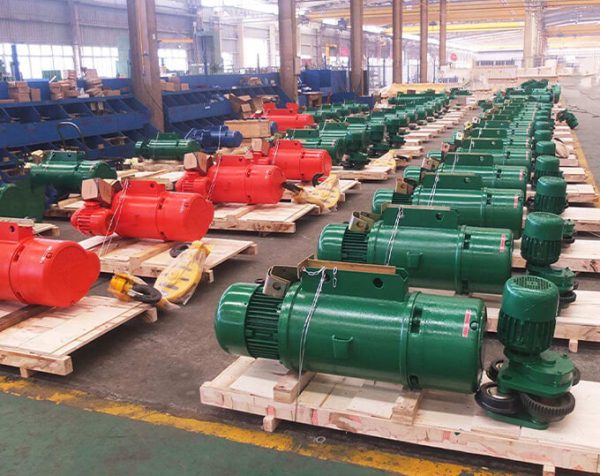
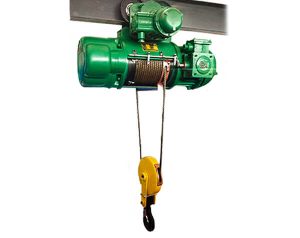


















-600x476.jpg)
















A bridge crane, also known as an overhead crane, is a type of material handling equipment used for lifting and moving heavy loads in various industrial settings. It is a versatile and essential tool in many industries due to its efficiency, precision, and adaptability to different environments.
Usage:
Bridge cranes are operated from an elevated runway system that spans the workspace, allowing for seamless horizontal movement along the length of the area. The key features of a bridge crane include a hoist, trolley, and bridge. Operators can control these components to lift, lower, and move loads horizontally with precision. The operator can stand on the ground or in a control room, depending on the crane's design.
Applications:
Bridge cranes find applications in a wide range of industries and tasks, including:
Operating Environment:
Bridge cranes are designed to operate in a variety of environments, including:
In summary, bridge cranes are a versatile and indispensable tool for lifting and moving heavy loads in a wide range of industries. They offer precise control, efficiency, and adaptability to various operating environments, making them an essential part of modern industrial operations.
Scrap plants play an important role in the processing and recycling of waste materials, and choosing the right crane is key to ensuring efficient
A bridge crane, also known as an overhead crane, is a type of material handling equipment used for lifting and moving heavy loads in various industrial settings.
Enhanced Load Capacity: KE Crane has increased the load capacity of its bridge cranes to handle the heavy and irregularly shaped materials commonly found in scrapyards.
